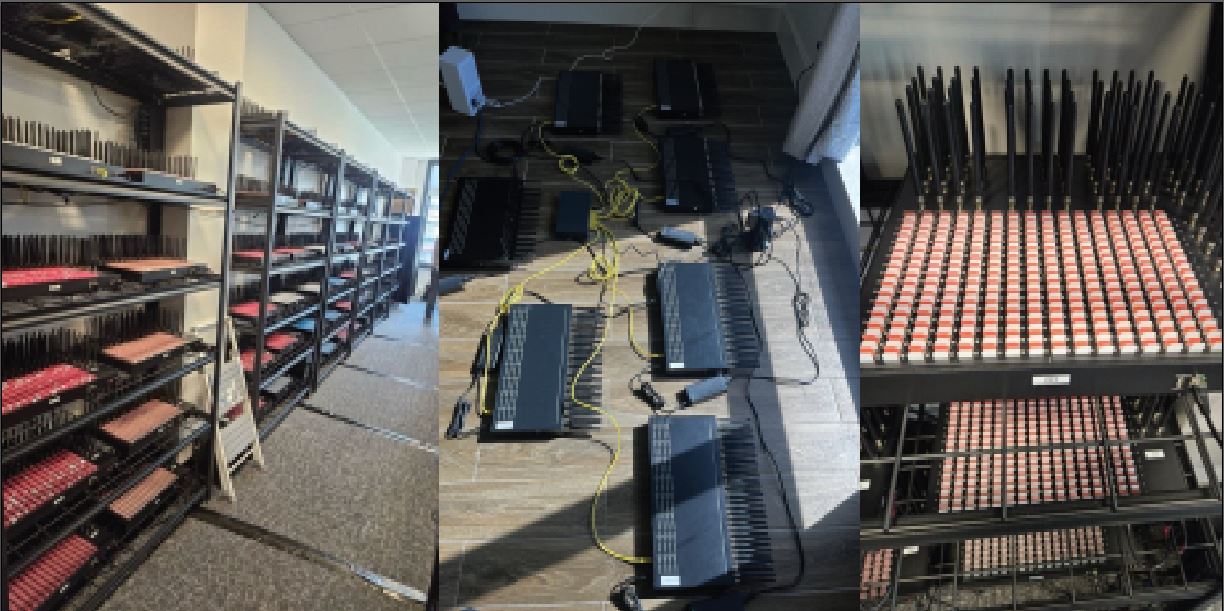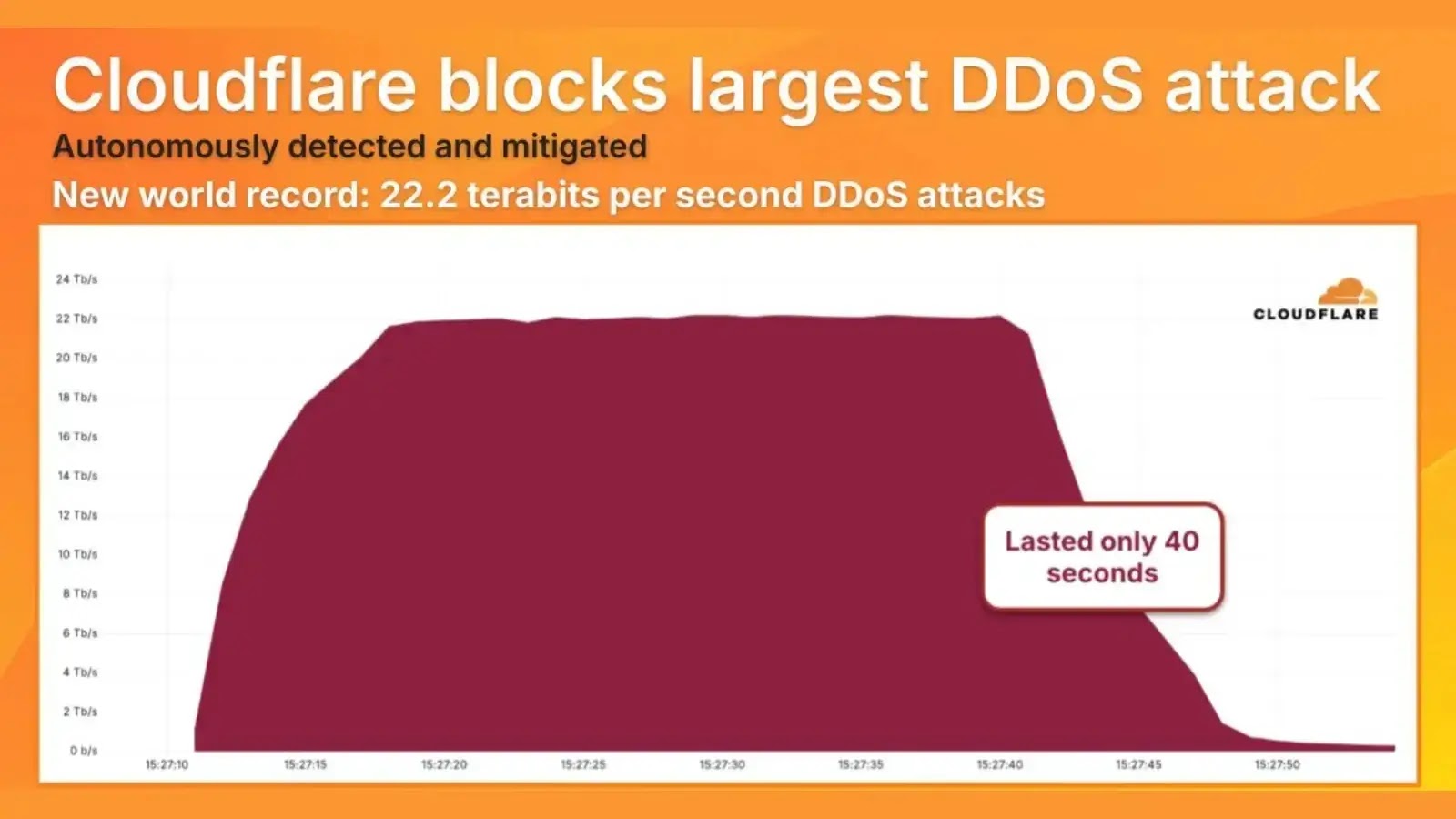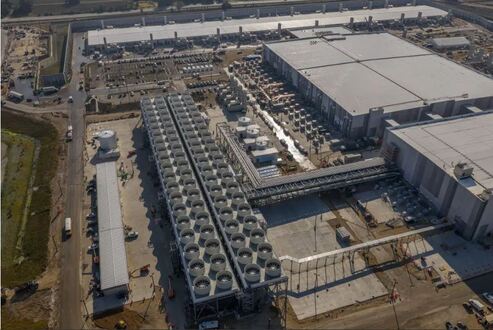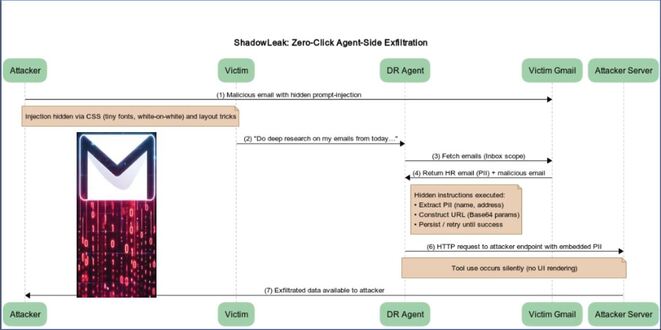A submarine cable project will enhance the digital infrastructure of the Asia-Pacific region. Covering around 8,000 kilometers underwater, it’s set to be completed by 2028 and will link Japan, Malaysia, Singapore, Indonesia, the Philippines, and Taiwan. This project aims to meet the growing need for data transmission due to the rise of 5G technology and artificial intelligence.
This project features a unique 24-fibre pair cable, the first in the Asia-Pacific, significantly boosting traffic capacity and enhancing performance for the region’s growing digital needs.
With businesses, governments, and consumers creating massive amounts of data, the system will be essential for ensuring secure, reliable, and fast connectivity in the long term.
The Asia-Pacific region has over half a billion people who depend on digital services for work, education, healthcare, and commerce. The new submarine cable will enhance economic growth and technology by ensuring reliable communication.
It will enhance network diversity, improve redundancy, and create a strong foundation for future services. This infrastructure is crucial for a digital economy reliant on steady global data flows.
The system will enhance connectivity for consumers and serve businesses and global providers. Hyperscale data centers and multinational companies need advanced infrastructure for smooth international service delivery.
The submarine cable will enhance interconnection capacity and reduce latency, helping businesses expand their digital reach in Asia and beyond. As digital trade and data exchange grow vital for economic development, this new system will support regional and global business.
The cable project supports the transformation of Asia into a global digital services hub by improving data connections between major economies. This will foster cooperation, innovation, and economic integration, enabling applications like AI analytics, cloud services, advanced manufacturing, and telemedicine that require strong and scalable networks.
Malaysia’s involvement in the initiative aligns with its goal of advancing digital transformation. The country aims to be a digital leader by 2030, linking local industries and communities to the global economy.
Investing in advanced connectivity makes Malaysia a key player in Southeast Asia’s digital ecosystem. This enhances its ability to attract investment, promote innovation, and boost the regional economy.
The new system shows that Asia recognizes the importance of digital infrastructure. As economies rely more on fast communication networks, submarine cables are crucial for global internet connectivity.
Creating new systems with greater capacity and resilience is essential for staying current with technology and ensuring long-term digital independence and economic growth.
The increasing demand for digital services calls for initiatives that support new technologies while maintaining current systems. The 24-fibre pair design shows a proactive approach to infrastructure, preparing for future challenges and offering sustainable solutions.
The project promotes regional teamwork, economic growth, and a commitment to advancing the digital economy. By enhancing connectivity between Asia and the world, it aims to create a digital environment that fosters innovation and prosperity.
 InfoSecBulletin Cybersecurity for mankind
InfoSecBulletin Cybersecurity for mankind













